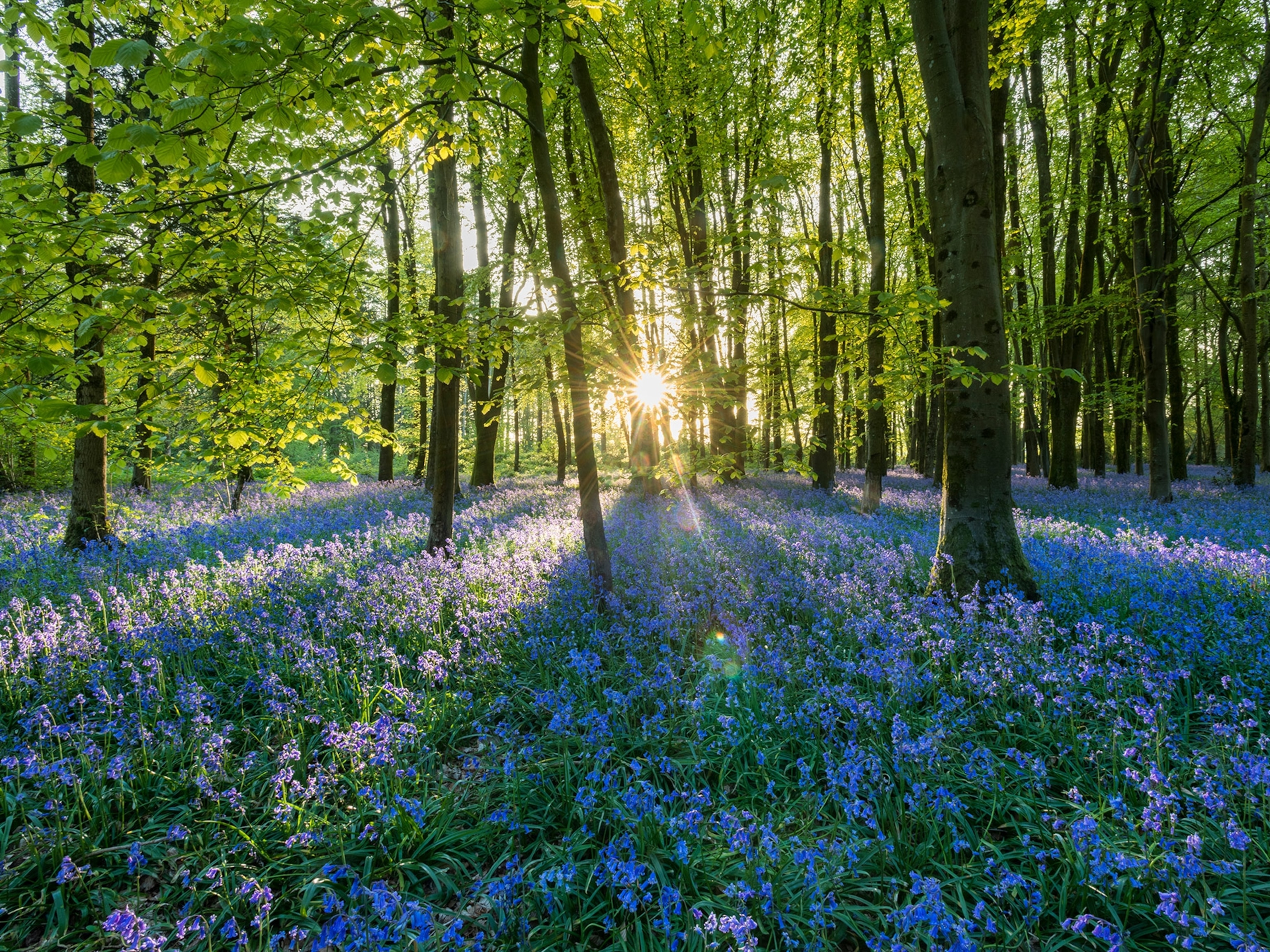Soar Over the Elaborate Cliffside Villages of the Pueblo People
Archaeologists have located some 600 cliff dwellings in Colorado's Mesa Verde National Park.
Location: Colorado
Established: June 29, 1906
Size: 52,074 acres
At Mesa Verde, Spanish for "green table," multistoried dwellings fill the cliff-rock alcoves that rise 2,000 feet above Montezuma Valley. Remarkably preserved, the cliff dwellings cluster in canyons that slice the mesa into narrow tablelands. Here, and on the mesa top, archaeologists have located more than 4,800 archaeological sites (including 600 cliff dwellings) dating from about A.D. 550 to 1300.
The sites, from mesa-top pithouses and multistoried dwellings to cliffside villages, document the changes in the lives of a prehistoric people once dubbed the Anasazi. They are now more accurately called the ancestral Puebloans, and modern Pueblo tribes in the Southwest consider themselves descendants of these ancestral people. Some 40 pueblos and cliff dwellings are visible from park roads and overlooks; some of these are open to the public.
Beginning about A.D. 750, the ancestral Puebloans grouped their mesa-top dwellings in pueblos, or villages. About 1200 they moved into recesses in the cliffs. So sheltered, these later villages seem to stand outside of time, aloof to the present.
In 1888 two cowboys tracking stray cattle in a snowstorm stopped on the edge of a steep-walled canyon. Through the flakes they made out traces of walls and towers of a large cliff dwelling across the canyon. Novelist Willa Cather later described the scene: "The falling snowflakes sprinkling the piñons, gave it a special kind of solemnity. It was more like sculpture than anything else … preserved … like a fly in amber."
Climbing down a makeshift ladder, the excited cowboys explored the honeycombed network of rooms that they named Cliff Palace. Inside, they found stone tools, pottery, and other artifacts in rooms that had been uninhabited for some 600 years.
Why the Mesa Verde people eventually left their homes may never be known. Indeed, they lived in the cliff dwellings for only about the last 75 to 100 years of their occupation of Mesa Verde. Early archaeologists guessed warfare, and the evidence for this seems to concur. Archaeologists also think they may have been victims of their own success. Their productive dry farming allowed the Mesa Verde population to grow perhaps as high as 5,000. Gradually woodlands were cut, wild game hunted out, and soils depleted. Years of drought and poor crops may have been aggravated by village squabbles. By the end of the 13th century the ancestral Puebloans had left the plateau, never to return.

How to Get There
From Cortez, take US 160 east for eight miles to the park entrance, then follow the winding park road 15 miles to Far View Visitor Center and 5.5 miles farther to Chapin Mesa Archaeological Museum and a cliff dwelling—Spruce Tree House. Trailers are not allowed past Morefield Village. Airports: Cortez and Durango.
When to Go
Year-round. Wetherill Mesa, Far View Visitor Center, Cliff Palace Loop, Balcony House, and many services are closed in winter. Wildflowers bloom from April through September. In winter, cross-country skiing is allowed in Morefield and on the Cliff Palace Loop when conditions permit.
How to Visit
On a one-day visit, begin early and stop first at the Far View Visitor Center, open mid-April to mid-October, to purchase tour tickets. Then go to the Chapin Mesa Archaeological Museum for an overview; and then visit nearby Spruce Tree House (no tickets required). From there drive the Cliff Palace Loop Road. In the afternoon, follow the Mesa Top Loop Road. Wear sturdy shoes and be prepared for some strenuous climbing if you plan to visit the cliff dwellings. Binoculars are useful for enhancing views across the canyon.
- National Geographic Expeditions
With extra time, visit less crowded Wetherill Mesa.
Fun Fact
Mesa Verde National Park is also a UNESCO World Heritage site. The largest archaeological preserve in the U.S., it protects over 5000 sites.















